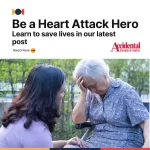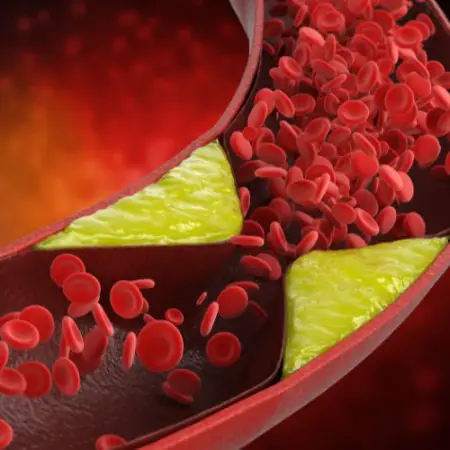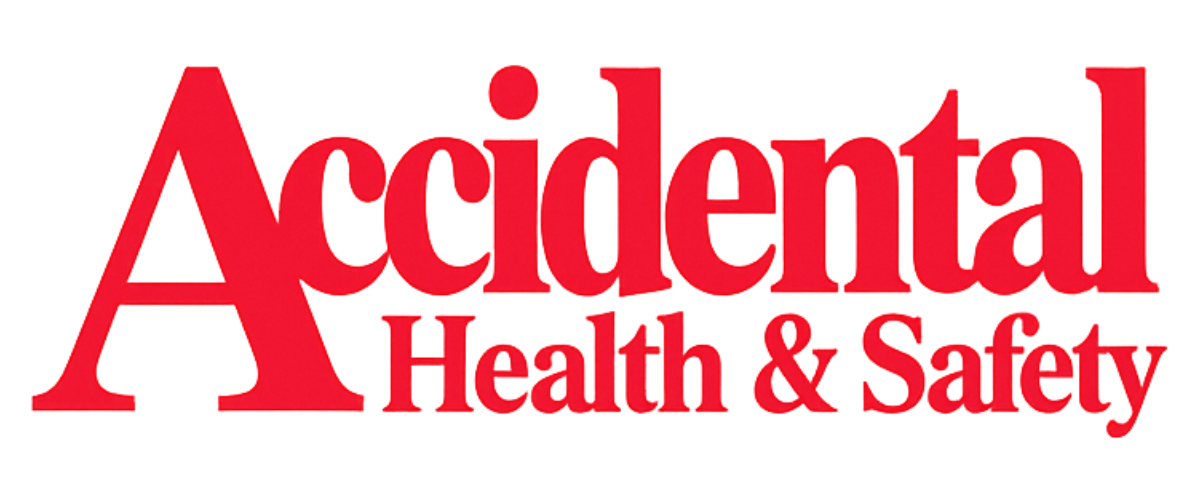Training and Assessment Delivered on Behalf of Allens Training Pty Ltd RTO 90909
Be a Heart Attack Hero: save lives with First Aid for Heart Attack

Did you know that every nine minutes, someone in Australia is admitted to the hospital with a heart attack. But fear not, because we’re here to turn these grim statistics around and transform you into a Heart Attack Hero! If you know first aid for heart attack, you’lll have the life-saving knowledge to swoop in and save the day like a true superhero.
In this article, we’ll cover everything from what a heart attack is, how to identify one, and what to do in those crucial moments. And because you’ve asked, we’ll learn a little about angina and how it differs from a heart attack. So, let’s dive into the world of heart health!
Understanding Heart Attacks: The Basics for Every Hero

What actually happens during a heart attack? Imagine your heart is a car engine that needs fuel to keep running. A heart attack happens when something blocks the fuel (blood) from reaching the engine (heart). This causes the engine to stop working correctly, and it may even stop completely if the blockage isn’t cleared away.
Without bloodflow, vital organs in our body won’t stay alive. So when clogged arteries or plaque stop blood from reaching the heart, the affected cells around our heart can start to die.
Identifying a Heart Attack: Know the Warning Signs
Heart attacks can be sneaky, but we’ve got your back! It’s essential to be aware of heart attack warning signs so you can jump into action and become the Heart Attack Hero you were meant to be. If the following symptoms are severe, worsen quickly, or last longer than 10 minutes, it’s time to act:
- Chest pain: The person may experience pain, pressure, heaviness, or discomfort in the chest. It can start suddenly or come on slowly over minutes, and it might feel like tightness, heaviness, fullness, or squeezing. The pain can range from severe to mild.
- Pain in the neck, jaw, or arms: The discomfort or pain might not just be in the chest. It can spread to the neck, throat, jaw, either or both shoulders, the back, and even into the wrists and hands.
- Pale skin: The person may look unusually pale, which is a sign that their heart isn’t pumping blood efficiently.
- Shortness of breath: They might have trouble catching their breath, even if they haven’t been doing any physical activity.
- Nausea or vomiting: A heart attack can make someone feel sick to their stomach, and they may even throw up.
- Sweating: Breaking out into a cold sweat is another warning sign to watch out for.
- Feeling dizzy or light-headed: The person might feel unsteady on their feet or like they’re about to faint.

If someone around you is experiencing these symptoms, it’s time to put on your Heart Attack Hero cape and take action!
Heroic Actions: Essential First Aid Steps for Heart Attack Emergencies

When the symptoms are severe, get worse quickly, or the discomfort or pain lasts more than 10 minutes, it’s time to call an ambulance. While waiting for the ambulance to arrive, there are several things you can do to help the person in need:
- Keep them calm and reassured: A heart attack is scary, but you’re there to save the day! Remind them that help is on the way.
- Have them sit down and rest: Ensure they are in a position that’s comfortable and allows them to breathe easily.
- Give them aspirin: If the person is not allergic to aspirin, give them a 300mg to take. This can help thin their blood and improve blood flow to the heart. Or, if a person has a history of heart issues, their doctor may have prescribed them something else to take in an emergency, make sure they take it!
- Monitor their condition: Keep an eye on the person until the ambulance arrives. If they become unconscious, make sure to refer to our Ultimate Guide to DRSABCD for further action.
- Prepare a defibrillator if available: If there’s a defibrillator nearby, get it ready on standby just in case it’s needed.
By following these steps, you’ll be well-equipped to provide essential first aid for heart attack emergencies and potentially save a life. Remember, being a Heart Attack Hero means staying calm, acting fast, and knowing what to do when it matters most.
Decoding the Mystery: Distinguishing Angina from Heart Attacks

Have you heard about Angina Attacks? Angina is a condition where bloodflow to the heart is restricted but not entirely blocked. Some of the symptoms are quite similiar to a heart attack. So how can you tell the difference? What do you need to know?
- Duration: Angina pain is often temporary, while heart attack pain can last longer and doesn’t go away with rest.
- Triggers: Angina is often triggered by physical activity or stress, while heart attack pain can happen anytime, even at rest.
- Relief: Angina symptoms usually improve with rest or medication, while heart attack symptoms do not.
If someone has a history of Angina, they’ll often have medication to help ease symptoms quickly. Of course, if that doesn’t work or symptoms quickly worsen, make sure to call an ambulance. Or if the person has no history of angina, always err on the side of caution and call for an ambulance. It’s better to be safe than sorry, and as a Heart Attack Hero, you have a responsibility to act quickly and effectively in times of need.
Conclusion
There you have it – you’re now equipped with the knowledge and skills to be a real-life Heart Attack Hero! Keeping the first aid for heart attack in mind will help you be ready to jump into action and potentially save a life when it matters most. Don’t forget to spread the word and teach your friends and family these crucial skills, too. After all, we can never have too many Heart Attack Heroes out there!
Remember to: Keep them calm, call an ambulance, give them Aspirin if available, monitor their situation. As a Heart Attack Hero, you’re now equipped with the know-how to make a real difference. Want to learn some more lifesaving first aid skills? Get First Aid confident by booking a course! We’ll help you get out there and confidently save lives, one heart at a time!

